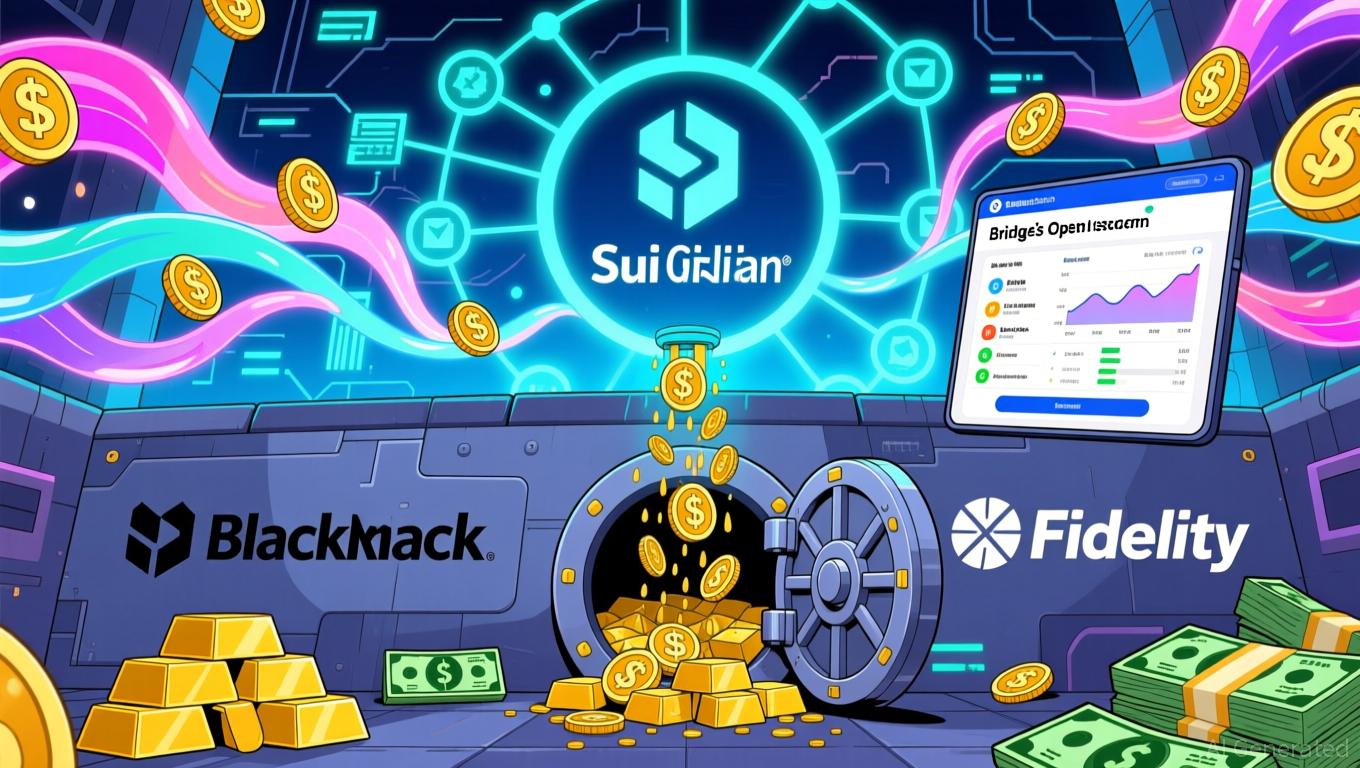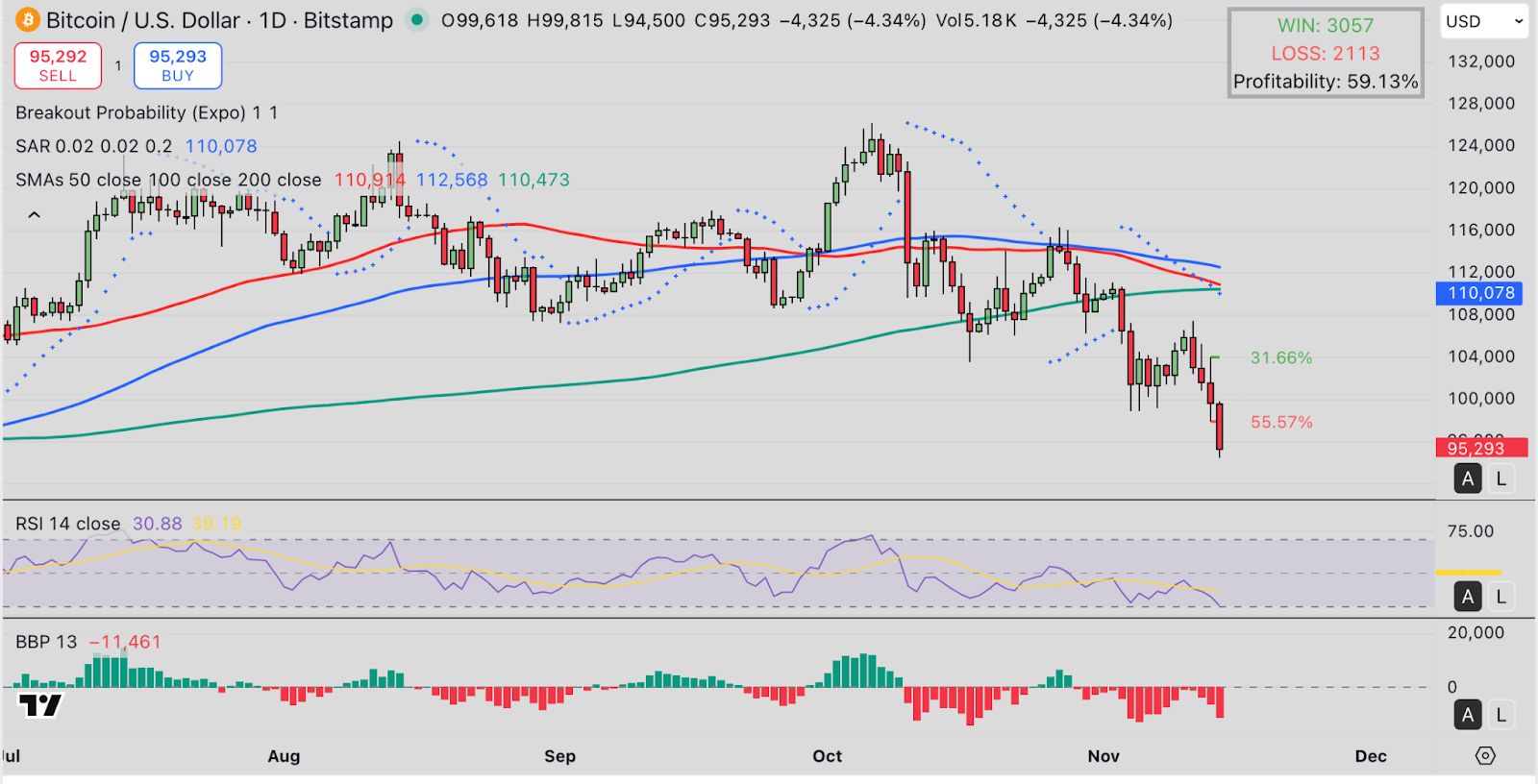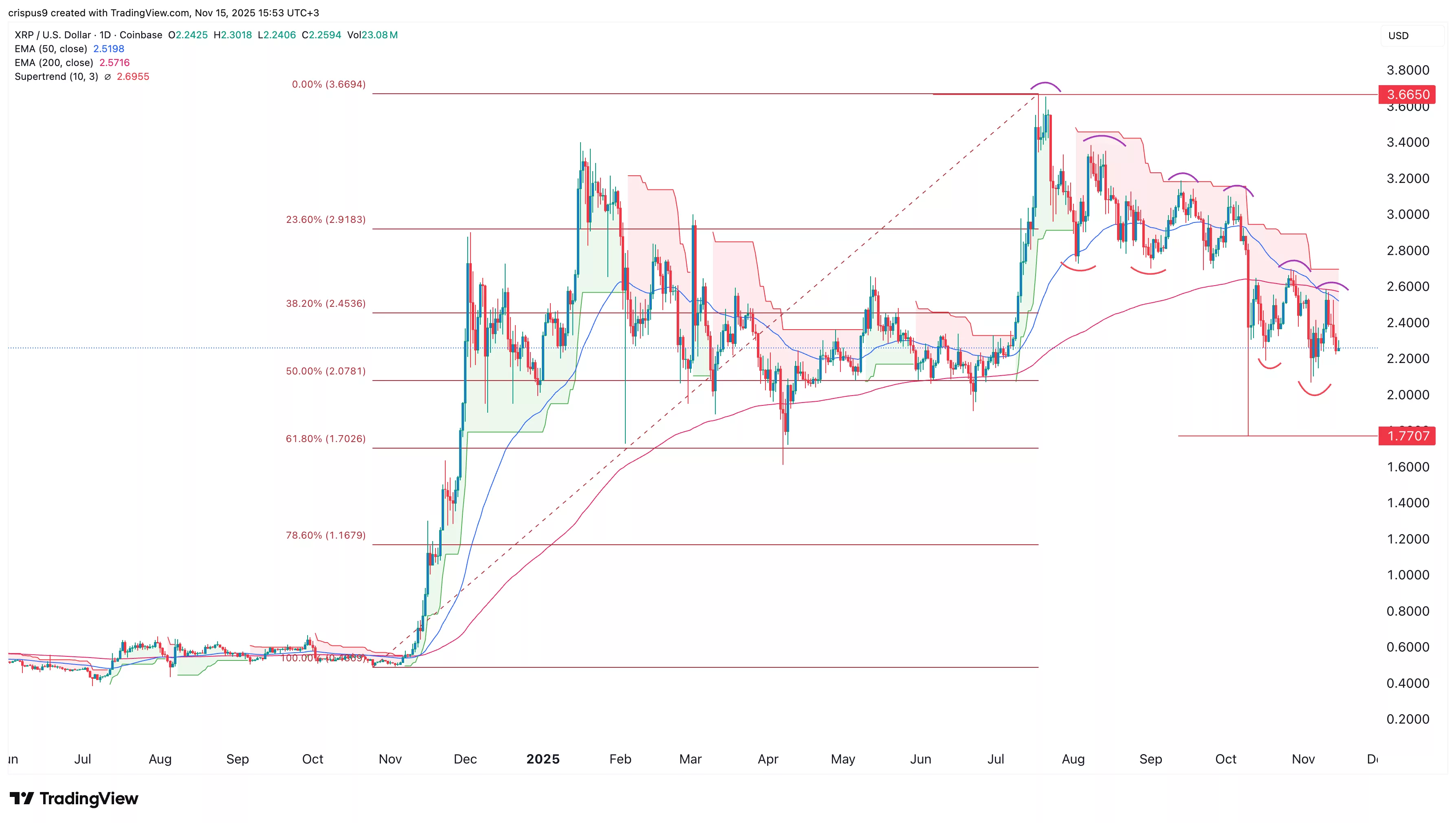SUI News Today: The Battle for Dominance in Stablecoins: Advancements and Oversight Compete for Supremacy
- Stripe's $1.1B acquisition of Bridge and Sui Foundation's USDsui stablecoin signal a strategic shift toward blockchain-native stablecoin infrastructure with custodial reserves. - U.S. GENIUS Act and BoE's 40% reserve requirements highlight regulatory tensions as stablecoin supply exceeds $260B and payment volumes reach $19.4B in 2025. - Sui's $1.38B TVL and Stripe's transaction dominance reflect growing institutional adoption, while Japan debates stablecoin risks to traditional banking systems. - Market
The stablecoin sector in the crypto world is experiencing major changes, sparked by Stripe’s acquisition of Bridge and the

Clearer regulations are fueling rapid progress. The U.S. GENIUS Act, enacted in July, has accelerated stablecoin expansion,
Market forces are also transforming the industry.
Stripe’s leading position in stablecoin infrastructure is further demonstrated by its involvement in
Yet, obstacles remain. The Bank of England’s proposed reserve requirements and Japan’s regulatory debates underscore the ongoing balance between innovation and stability. On the other hand,
As the sector matures, Stripe and Sui’s USDsui illustrate the blend of technological advancement and regulatory adaptation. With stablecoins expected to become central to global finance, competition for yield, liquidity, and market dominance is heating up.
Disclaimer: The content of this article solely reflects the author's opinion and does not represent the platform in any capacity. This article is not intended to serve as a reference for making investment decisions.
You may also like
Balancer Hacker Launders 2,000 ETH Through Tornado Cash
Quick Take Summary is AI generated, newsroom reviewed. The hacker converted most of the stolen assets, including LSTs, into pure ETH before beginning the laundering phase. $2,000 ETH was routed through Tornado Cash in quick succession using $100 ETH deposits to maximize untraceability. This move strongly suggests the attacker is not interested in claiming the offered bounty or returning the remaining funds. Despite the laundering, the primary exploiter wallet still holds over $1,700 ETH, indicating the pro
Bitcoin Price Stumbles Below $95K as Liquidity Shifts and Fed Transition Drive Market Repricing

Warren Buffett’s Berkshire Hathaway initiates $4.3B position in Alphabet, trims Apple holdings
XRP price flashing warning signs despite Ripple ETF gains
